Construction has started on a new housing district in Utrecht, a major city in the Netherlands, that has a key differentiating feature: no cars.
The 6000 new homes will have a total 21,500 indoor bike parking spaces.
If you want to visit, that’s covered too. There are two bike sheds for visitors holding a total of 2500 bikes.
Residents can use electric shared cars, shared bicycles and shared cargo bikes, and public transport connects directly through the central station.
Yes, you can still live there if you own a car, but it can only be stored in parking garages on the edge of the neighbourhood, also used by delivery vehicles and car sharing.
In two of the parking garages there will be a logistics hub for parcel delivery where residents can pick up their packages at the counter or a parcel wall.
A trolley can be borrowed for the transport of larger packages while smaller electric vehicles up to 1.3m wide are allowed to enter the district to deliver orders.
Called Merwede, the development was formally a business park.
In total the district will soon consist of 1800 social rental housing, 1500 medium-sized rental housing and affordable owner-occupied homes and 2700 free sector rental and owner-occupied housing, making it the largest car-free city district in the Netherlands.
The first homes are expected to be completed in 2027.

The district is part of an extensive Utrecht building plan with which the city wants to build about 63,000 to 77,000 homes by 2030.
Car-free neighbourhoods have long been regarded as an unrealisable ideal that would never work in the real world.
But surprisingly to many, they do, even in the car dependent US.
Culdesac Tempe, a new neighbourhood development at the end of a light rail connection in Phoenix, Arizona, one of the most car-centric cities in the world, was greeted with much scepticism when planning first started.
But now, with the first 288 apartments finished, it is reeling in residents, attracted by a car-free lifestyle.
Instead of broad asphalt streets, a series of “paseos” stretch between clusters of buildings, with the walkways opening onto brick courtyards and communal spaces ornamented with public art.
For the residents, the biggest bonus has been the social connections they make in the laneways and squares, and the fact their children can rides their bikes around and through the neighbourhood without any worries about cars.
Or become our friend and subscribe to receive our fortnightly newsletter.


